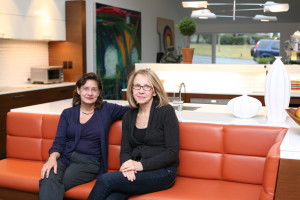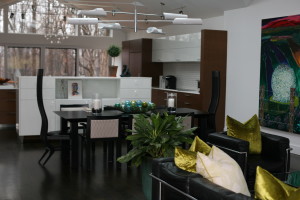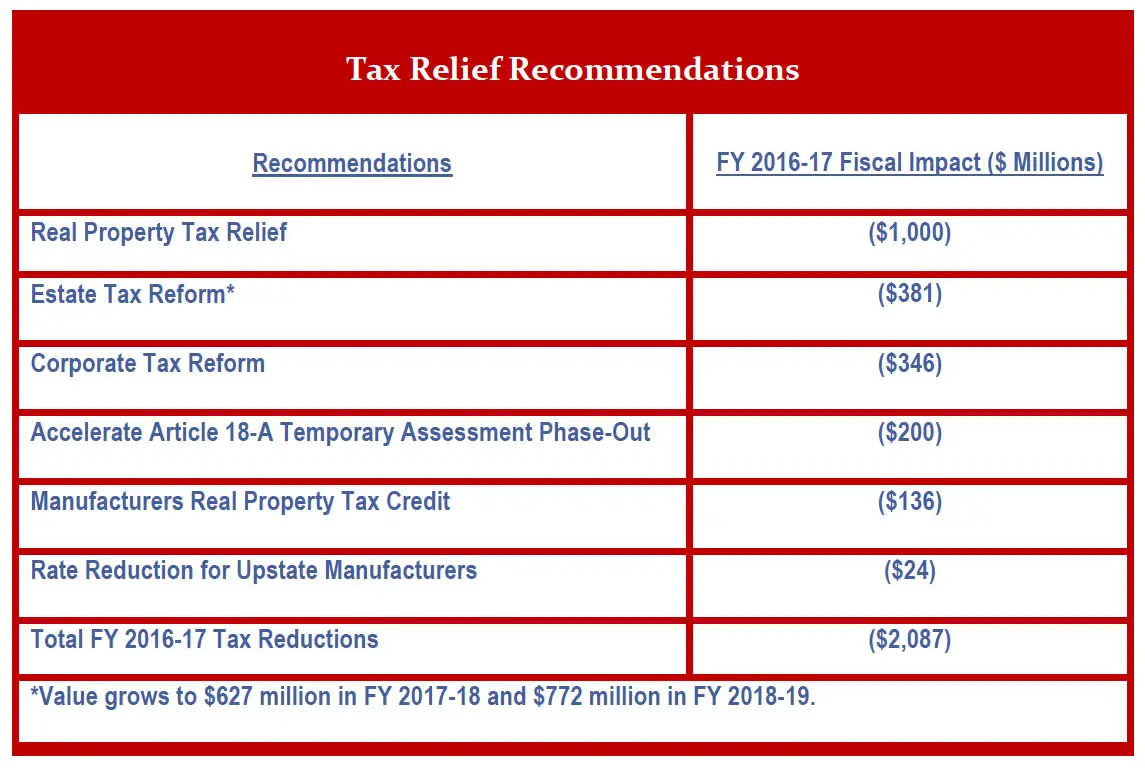Geraldine Angel, a White Plains resident and real estate agent at Keller Williams Realty, decided to go green and retrofit her Ranch-style single family home with the idea of saving on her energy bills. She wanted to create a sustainable home design that would appeal to her clients and neighbors.
Her home would be only the third home in Westchester certified LEED, or Leadership in Energy and Environmental Design.
Angel went to a public showing of the first home, River Town House, a two-family market rate condominium in Hastings-on-Hudson. There she met architect Christina Griffin, who Angel later hired for the work to her home.
Despite the popularity of commercial projects centered on sustainability, few residential homeowners in Westchester have jumped on the green bandwagon. Some would-be green homeowners may be turned off by the large initial cost of installing solar panels or double-paned windows. But some contractors, architects and realtors are seeing what has been missing in Westchester homeowners”™ understanding of sustainable housing: more resources and guidelines that give them incentives to go green.

The initial cost of retrofitting a home with equipment using energy efficient material as opposed to non-green material is 10 percent more expensive, whereas the initial cost of installing energy efficient equipment to a new home versus non-green material to a new home is 5 percent more expensive, Griffin said. That doesn”™t include miscellaneous costs such as paying for a permit from the municipal government to make it all the more challenging to renovate a home.
Griffin designed two of three of the Westchester homes that have been LEED certified since 2009. Seventeen Westchester homes are LEED-registered, according to the U.S. Green Building Council.
For her part, Angel decided to go all in when going green ”“ double her budget to a multimillion dollar price tag. Despite the high costs, she said it was worth it.
“Having a LEED certification adds to the credibility of what I did to retrofit my house green and gets the attention of others even if they themselves are not interested in pursuing a LEED certification,” Angel said.
She said she wanted her home to serve as a model for her clients who might be curious to learn more about LEED and ways to go green.
Angel”™s sustainable home, which has 32 solar panels, a wood burning fireplace, a geothermal heating system and low pressure faucets, showerheads and toilets, has cut her energy bills by more than half. She said she used to pay $150 to $435 a month on her electricity bills, but now she pays between $47 and $95 a month. She added that her monthly heating and gas bill went from $700-$1,000 a month in the fall and $400-$700 in the spring and then to $0 because she no longer uses fossil fuels.
Griffin, principal of Christina Griffin Architects PC, is one of the few LEED-accredited architects in Westchester to incorporate green design work into her projects. LEED is a national certification system developed by the nonprofit U.S. Green Building Council to encourage the construction of energy efficient buildings. It uses a ranking system to rate the buildings certified, silver, gold or platinum. Angel”™s home has gold certification.
Griffin said one goal of her project when designing the condominium at Hastings-on-Hudson was to completely remove dependency on fossil fuels by using geothermal heating, which takes the temperature of the Earth and through a pump heats or cools people”™s homes. But for most homeowners, this green strategy isn”™t practical because of the high initial costs.
“When people looked at the cost of the building, not many were willing to invest in a geothermal envelope because they don”™t initially see how much they”™ll save,” Griffin said.
But some local municipalities are giving homeowners an incentive to go green, Griffin said. In Hastings-on-Hudson, Griffin helped create a green building code that minimizes the short-term and long-term negative impacts on the environment, reduces greenhouse gas emissions and provides owners with economic benefits if they use renewable resources to supply their energy and water.

“I helped update the Hastings-on-Hudson green code, which was a three-year process,” Griffin said. “We did case studies, and it was approved in October.” She said Greenburgh, White Plains, Harrison and Scarsdale are also interested in adopting a green code.
The American Institute of Architects (AIA) Westchester Hudson Valley launched a sustainable design database in 2011 to give homeowners more resources and tools. The database includes information about sustainable projects and design strategies.
William Pfaff, principal of Pfaff Architects and former president of AIA, said the goal next year is to populate the database with existing sustainable housing project ideas.
“We have several projects in there, and we”™re in the process of refining it and reaching out to architects and other entities to bring more projects into the database,” Pfaff said.
The challenge of filling out the database is there aren”™t many projects that use sustainable models just yet, Pfaff said. “Projects are very much client driven,” he added.
But there”™s an even greater push to create more dialogue around sustainable housing. Griffin, who founded the Green Building Professional Consortium with her husband, said she is working with her organization to create a center for sustainable development that will bring together architects, engineers, nonprofits, plumbers, electricians and realtors, and serve as a resource and learning hub for green strategies and technologies.
Currently, Griffin has been meeting with local government officials from different municipalities to talk about housing the center. She said Yonkers looks very promising.
“There is certainly awareness about sustainability, and local municipalities are developing the green codes now,” Pfaff said. “We”™ll get there eventually.”
The New York State Energy Research and Development Authority (NYSERDA) covers the cost of energy audits and provides a database of contractors who provide the services. The federal and state governments also offer a 30 percent tax credit to help homeowners pay for alternative energy equipment including solar hot water heaters, solar electricity equipment and wind turbines and covers part of the labor costs.
“The majority of younger people are very interested,” Angel said. “But a lot is curtailed by the initial expenses. They”™re more likely to get energy efficient appliances and LED light bulbs than geothermal heating and double-paned windows.”
But homeowners who are environmentally conscious will make energy efficiency a priority no matter what the financial costs.
“I was able to help a woman phase a big project,” Griffin said. “She wasn”™t going to renovate the whole house, but I helped her figure out how to get the insulation, increase the thermal envelope and seal up the gaps in her windows. Even if they don”™t renovate everything, if they have a heating system that is 10 years old, at the very least, they update it and get a high efficient oil or gas boiler.”
















